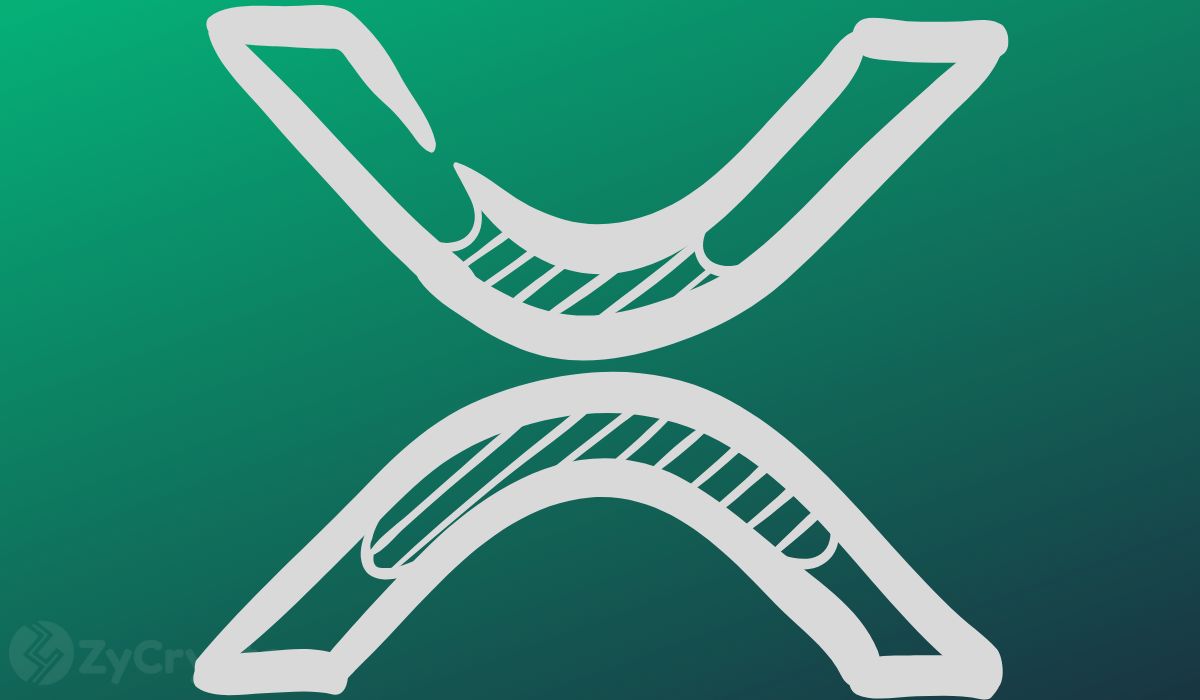XRP’s $100 Dream: Why Bank Adoption Isn’t the Magic Bullet (Yet)
Ripple’s XRP has long dangled the promise of triple-digit valuations—if only banks would start using it at scale. The logic seems sound: institutional demand plus limited supply equals moon. But the reality? Wall Street moves slower than a Bitcoin maximalist admitting they were wrong.
Here’s what’s holding back the bank-fueled price surge:
- Regulatory limbo: The SEC’s lawsuit hangover still makes institutions skittish, no matter how many ’not a security’ rulings XRP gets.
- Liquidity mirage: Even if banks use XRP for settlements, they’ll likely hold it for milliseconds—not exactly HODLer behavior.
- The CBDC wildcard: Why would banks bet big on XRP when 90% of them are busy building digital fiat alternatives?
Make no mistake—real adoption would move the needle. But until banks treat XRP as something more than a cost-cutting plumbing tool, that $100 price tag remains firmly in ’viral tweet’ territory.

The XRP community has remained consistently optimistic, even as the coin trades around the $2 mark.
While still below its $3.39 peak earlier this year, which nearly approached the all-time high of $3.84 in early 2018, this level represents one of XRP’s strongest performances since the U.S. Securities and Exchange Commission (SEC) filed its lawsuit against Ripple Labs in December 2020.
In light of Ripple’s recent legal victories, growing institutional adoption, and expanding global footprint, speculation has intensified regarding when XRP could eventually break the $100 barrier and potentially surge even higher.
The latest catalyst for this discussion came from crypto analyst “BarriC,” who outlined why he believes XRP will reach a 3-figure price tag or more.
“When banks start using $XRP, we will know because of the insane price per $XRP,” he tweeted on Sunday. “We will see prices like $100, $500, $1,000 per XRP. The fact that we can still accumulate XRP at approx $2 means that banks aren’t utilizing XRP… YET.”
According to the analyst, the current price levels reflect a market still waiting for real institutional utility. But once banks and global financial institutions start leveraging XRP for high-volume cross-border settlements, the price could soar beyond three-digit figures.
Ripple has spent years building the necessary infrastructure to support this vision. RippleNet and its On-Demand Liquidity (ODL) product already process billions of dollars annually, with XRP used to eliminate pre-funded accounts in cross-border transactions. Ripple has also forged strategic partnerships with financial giants like Santander, SBI Holdings, Tranglo, and Novatti. In Southeast Asia and Latin America, Ripple’s solutions are already being used to facilitate real-time remittances.
Moreover, in 2023, Ripple acquired Metaco, a Switzerland-based digital asset custody provider, for $250 million. This acquisition gave Ripple a strong foothold in institutional-grade crypto infrastructure, a MOVE widely seen as part of a broader strategy to attract banks and asset managers to the XRP ecosystem.
In parallel, Ripple has been engaging with central banks to explore how XRP could be used within central bank digital currency (CBDC) frameworks. The company has ongoing pilot programs with at least four countries and is building a reputation as a trusted partner in tokenized finance.
On the legal front, Ripple’s Chief Legal Officer, Stuart Alderoty, confirmed on May 3 that the SEC had formally abandoned its appeal in the case over XRP’s classification. Speaking via Ripple’s “Crypto in One Minute” series, Alderoty called the decision a “positive shift” in U.S. crypto policy. He argued that the outcome provides long-awaited clarity for the market, suggesting that Ripple is free to pursue deeper institutional integration, which could help bolster XRP.
At press time, XRP was trading at $2.36, reflecting a 1.24% drop in the past 24 hours.

